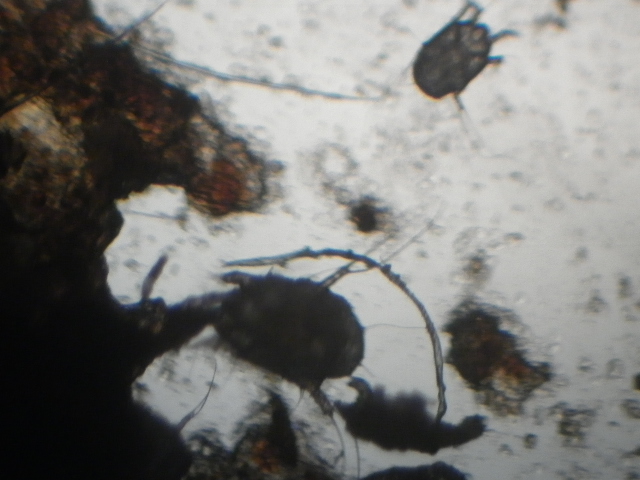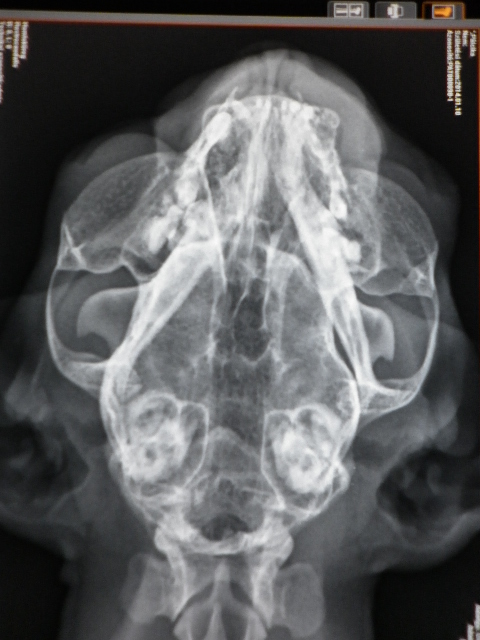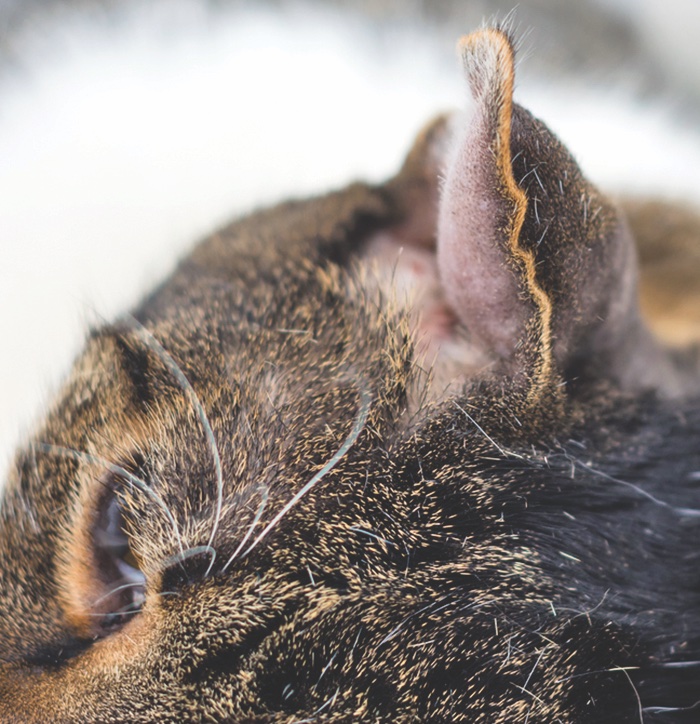Ear problemes in cats

Ear Diseases
Ear Mites

Introduction:
The most common cause of otitis externa in cats is ear mites, which is rarely found in dogs or ferrets. Ear mites are microscopic, spider-shaped mites that feed and lay their eggs in the ear canal.
Symptoms:
As the mites feed, they cause inflammation of the external ear canal. As a result of the mites and the inflammation, the ear can be terribly itchy, and the animal will constantly eviscerate and scratch their ears.
Treatment:
In cases of ear mites, it is not enough to only treat the otitis externa with ear drops, but the mites must be destroyed. Miticidal ear drops and a long-acting acaricide may be required to kill current mites and the mites that have yet to hatch from the eggs.
Middle Ear Infection (Otitis media)

Introduction:
Otitis media can occur, in association with infection of the external ear canal, if the eardrum is damaged or, less commonly, in presence of middle ear disease self.
Symptoms:
The symptoms of otitis media are often more severe than those of otitis externa. Symptoms include: head shaking, pain, and often head tilting towards the infected ear.
Treatment:
In the case of a damaged eardrum, inflammation can be treated locally and generally with medicinal products. If the ear drum is ruptured or the infection is persistent, surgical cleaning of the tympanic cavity may be advised.
Aural Hematoma (Othematoma)

Introduction:
Following an intense head shake, with ear flapping, capillaries between the skin and cartilage of the ear may break and cause a hematoma.
Symptoms:
Swelling of the pinna can be seen and will continue to grow as the hematoma forms. Often, this inflammation will cause pain.
Treatment:
Minor bleeding is usually reabsorbed however, if the entire pinna is filled with blood, only surgery will offer a permanent solution.
